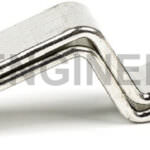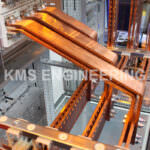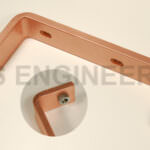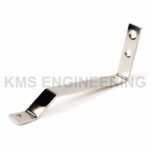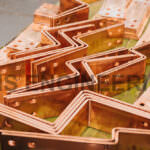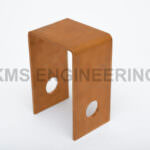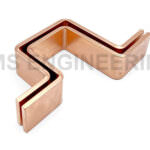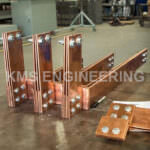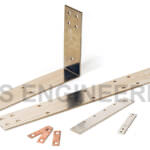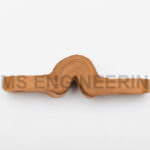- Copper busbars are an essential component in electrical power distribution systems, providing a reliable and efficient means of conducting electrical current between various components. Busbars are typically made from high-quality ETP grade copper and are available in a variety of shapes and sizes to meet the specific requirements of different applications.
- One of the main advantages of copper busbars is their high conductivity. Copper is an excellent conductor of electricity, and the low resistance of copper busbars allows for efficient and reliable transfer of electrical current between different components in a power distribution system. This makes copper busbars an ideal choice for use in high-current applications, such as power distribution boards and switchgear.
- Another advantage of copper busbars is their durability. Copper is highly resistant to corrosion and can withstand exposure to moisture and other harsh environments without losing its conductivity or structural integrity. This makes copper busbars a reliable and long-lasting choice for use in outdoor and industrial applications.
- Copper busbars are available in a range of shapes and sizes, including rectangular, round, and flat shapes, as well as various thicknesses and widths. They can also be plated or coated with a layer of tin or nickel to improve their corrosion resistance and conductivity.
- When selecting a copper busbar, it is important to consider the specific application requirements, such as the desired level of conductivity, durability, and size. Factors such as the thickness, width, and shape of the busbar, as well as the material and coating used, can all impact its performance and suitability for a given application.
- Can be customised to various shapes and sizes depending on the job specific applications.
- Manufactured busbars are endurable, long lasting having crack-free bends with good dimensional control for excellent contacts and ease of use.
- Bus bars & profiles are extensively used in low & medium voltage distribution, high current & control equipment, higher voltage switchgear, battery storage systems, panel boards, switchboards, transformers, vacuum circuit breakers and many others. It feeds to the heavy electrical uses in various commercial & industrial buildings as feeder systems.

